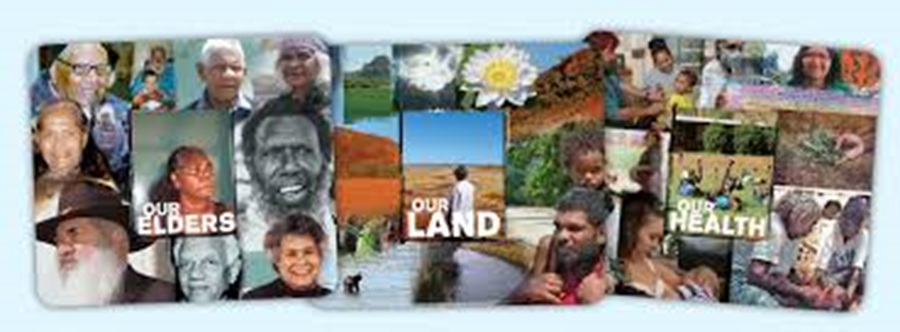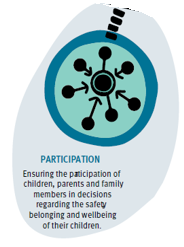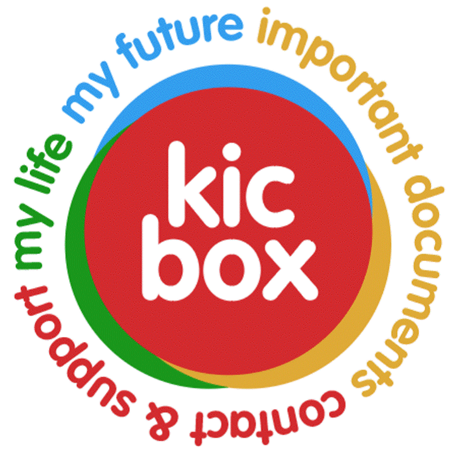Tip
To ensure meaningful participation, with consent, arrange for an independent person to help facilitate participation of Aboriginal and Torres Strait Islander young people and their families in decision making about care arrangement options.
Further reading
For more information on culturally capable practice with Aboriginal and Torres Strait Islander young people and families, refer to the practice kit Safe care and connection.
Strategies for engaging young people
The following list of strategies and techniques can be adopted in your day-to-day practice when working with young people in care:
- Have regular and meaningful home visits. Consider taking the young person offsite to increase privacy and hold discreet conversations.
- Provide the young person with a smart device to enable communication with them.
- Download kicbox on the young person’s smart device and help them set up their profile.
- Build and maintain a relationship with the young person.
- Regularly send instant message updates to the young person on kicbox.
- Gain knowledge of young people’s slang and the meaning of words they frequently use.
- From age fifteen, help the young person complete a transition to adulthood plan to identify tasks and goals to focus on.
- Seek the young person’s view through any communication method they prefer, such as instant messaging, Facetime, or their attendance at the placement meeting.
- Share information with the young person through kicbox, texts and email.
- Engage the young person in all aspects of their life and relevant decisions.
- Provide the young person with formal written letters, as necessary under legislation.
- Have the young person contribute to their care arrangement referral, completing their own profile and providing their own photo.
- Have the young person attend placement meetings and family group meetings. Consider attendance via other methods rather than just face-to-face.
- Help the young person identify an independent person to support the young person’s participation at case and transition planning meetings, where relevant.
- Learn about the young person’s culture and be curious about their culture on visits.
- Speak to the young person in age-appropriate and jargon-free language.
- Purchase a suitcase and overnight bag for the young person to use when attending friends’ sleepovers, short breaks and camps; when changing care arrangments; and for family visits.
- Complete a belongings list and ensure all belongings accompany the young person if they change care arrangements and when they return home.
Further reading
Note
Remember to consider whether a young person is emotionally mature and responsible enough to be safe online, prior to inviting a young person to use kicbox. Be curious about what they know about and do online and discuss what online safety means to the young person generally in their day to day life.
Resources for engagement
Consider using resources such as these cards to assist your conversation with the young person to identify their strengths and skills. Identifying strengths reminds young people that they have them, they can use them to address problems and that they should be celebrated:

Providing information
It is important to provide written letters to young people advising them of their care arrangement, as this decision is reviewable through the Queensland Civil and Administrative Tribunal (QCAT).
This letter will outline the reason for the decision, which should include:
- your conversations with the young person, parents, carers and network members if applicable
- the case work you undertook to match the young person to the care arrangement
- how the care arrangement will enhance the young person’s stability and meet their safety, belonging and wellbeing needs.
The letter is more than just about complying with our legislative requirements. It helps prepare the young person for a transition and provides all the information to them regarding a decision about them.
Time sensitive
This is an empowering process for the young person and demonstrates participation at its highest level when the content of the letter is already known to the young person as you have included them in every step of the process.
Engaging young people with high needs
Young people come to care arrangements with all types of needs, some more complex than others, requiring different techniques to include them in the decision-making process. This may include young people who have a disability or medical health challenges.
Be aware of how to engage with young people with complex needs. You can read more information on working with young people with high needs in the various practice kits relevant to the needs of the young person:
- Disability practice kit
- Mental health practice kit
- Child sexual abuse practice kit
- Domestic and family violence practice kit
- Alcohol and other drugs practice kit
Further reading
The Collaborative Assessment and Planning Framework provides a range of strengths-based questions to use when engaging with young people, their families and carers.
Published on:
Last reviewed:
-
Date:
Maintenance
-
Date:
Maintenance
-
Date:
Minor updates to reflect Unify placement product.
-
Date:
Maintenance
-
Date:
Maintenance
-
Date:
Terminology change - placement to care arrangement
-
Date:
Terminology change - placement to care arrangement
-
Date:
Maintenance.
-
Date:
Page created






